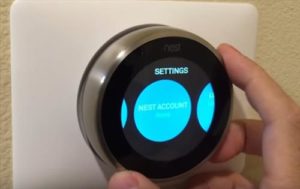
Thermostats are everyday items that keep our lives comfortable, whether it is hot or cold they maintain the indoor temperature.
Getting a good one for your heating and cooling system can also save on the cost by reducing the temperature when it is needed the least.
There are also many new WiFi and Smart thermostats that have many added features making them much more useful.
3 Main Types of Thermostats for a Home
- Smart Thermostat
- Programmable Thermostat
- Basic Thermostat
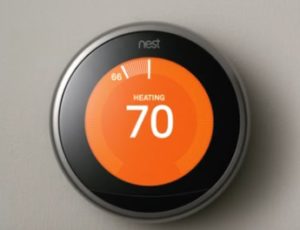
Smart thermostats are very popular since they can be controlled remotely from a smartphone or even with an Amazon Echo with Alexa.
For example, Nest Learning units are nice smart thermostats since they can be controlled manually or remotely.
It also works well with Amazon Alexa devices.
The setup is as easy as it gets by matching the color of the thermostat wires to the unit. There is then an on-screen guide that is followed for the rest of the setup.
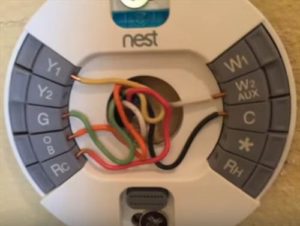
Nest also has a tech support line to call if any help is needed while installing the unit.
It is compatible with most any heating and cooling systems.
Programmable thermostats are good stand-alone units that can save on cost since temperatures can be programmed in.
Honeywell is a known manufacturer and makes the RTH6580WF which can have a preset temperature programmed for every day of the week.
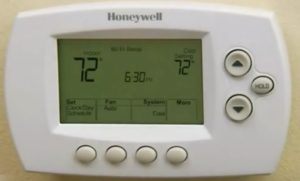
It has a nice display and can also be controlled from a smartphone or computer via WiFi.
It does need a common wire (C-Wire) to work, so be sure your system is compatible.
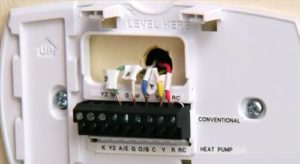
A common or C-wire is usually only Not found in the old HVAC system, with most new systems using it. Most new HVAC systems will have a common wire.
For those who simply want a basic unit that works, Honeywell also makes the TH3110D1008.
It is a no-frill thermostat that has the temperature set and will turn on or off an HVAC system.
Basic thermostats have worked well for many years and also cost much less than the new smart units.
Summary
There are many thermostats available, with those above simply ones we have used and are known to work well.
Hooking up a thermostat is not difficult but if in doubt, be sure to call a professional or friend who is handy.
Keep in mind to always turn off the power to an HVAC system before changing out a thermostat. Taking pictures of the old unit and its wiring is also a good idea to always be able to go back for a reference if needed.
Do you have a favorite unit? Let us know in the comments below.